A new study has raised alarming concerns about the potential for the San Andreas Fault to unleash an earthquake far stronger and more destructive than previously anticipated. Researchers say recent findings from a deadly earthquake in Myanmar may provide key insights into the risks facing California.
The study examined the 2016 magnitude-6.8 quake in central Myanmar, which revealed unusual seismic behavior along a major strike-slip fault—similar in structure to California’s San Andreas. Unlike typical earthquakes, the rupture in Myanmar spread in unexpected ways, releasing energy with an intensity and pattern that shocked seismologists.
Experts now believe the San Andreas Fault, which stretches more than 800 miles across California, could produce a comparable—or even larger—event. Such a scenario would be unlike anything in modern recorded history, potentially shaking the state with unprecedented force.
“The Myanmar event shows us that faults of this kind are capable of more complex and devastating ruptures than we thought possible,” one of the lead researchers explained. “This means we may be underestimating the true hazard posed by the San Andreas.”
The San Andreas Fault is infamous for past quakes, including the catastrophic 1906 San Francisco earthquake, which destroyed much of the city and killed thousands. While California has since implemented strict building codes and advanced monitoring systems, a massive rupture today would still threaten millions of residents and critical infrastructure.
Scientists stress that while it’s impossible to predict exactly when the next major quake will strike, understanding the fault’s hidden dangers is essential for preparedness. The research underscores the importance of upgrading infrastructure, strengthening emergency response systems, and educating the public about earthquake safety.
Seismologists continue to warn that California is overdue for a major event. If the San Andreas Fault were to rupture in the way suggested by the Myanmar study, it could reshape not only the landscape but also life across the region for generations.

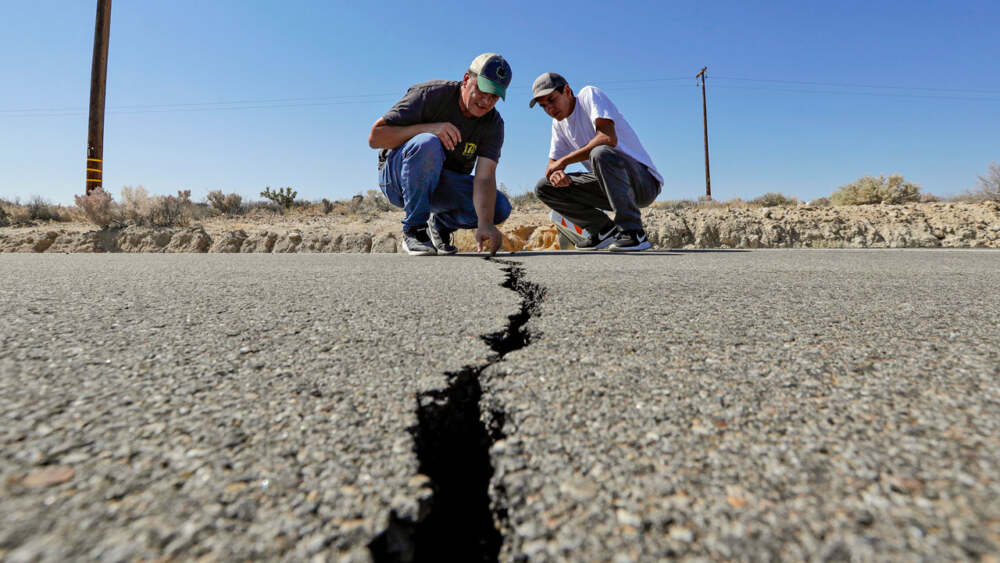

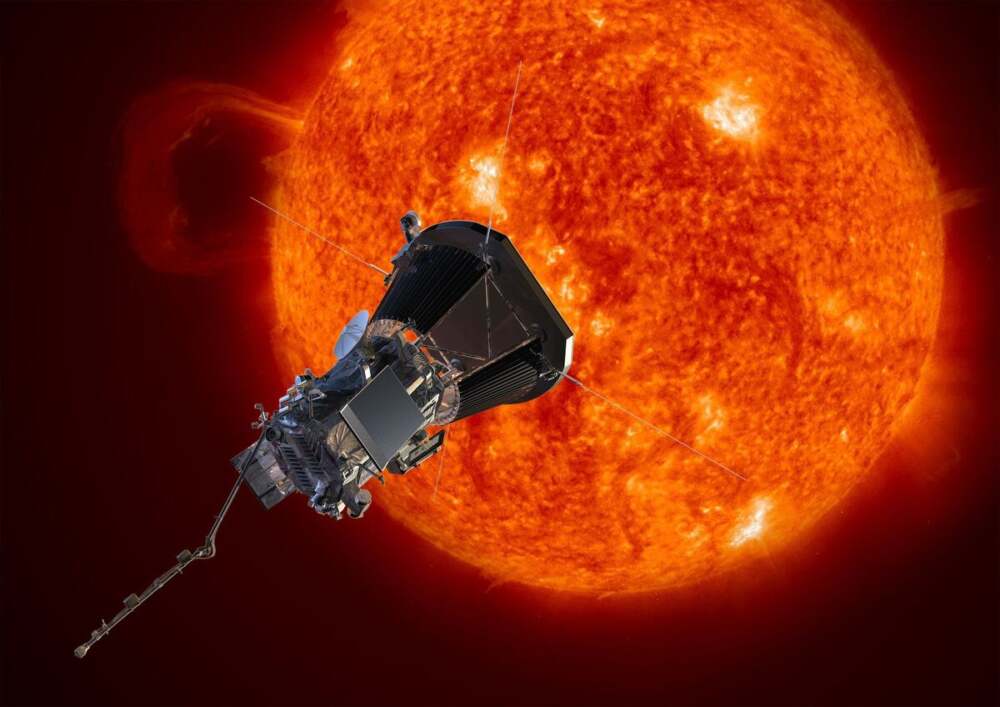
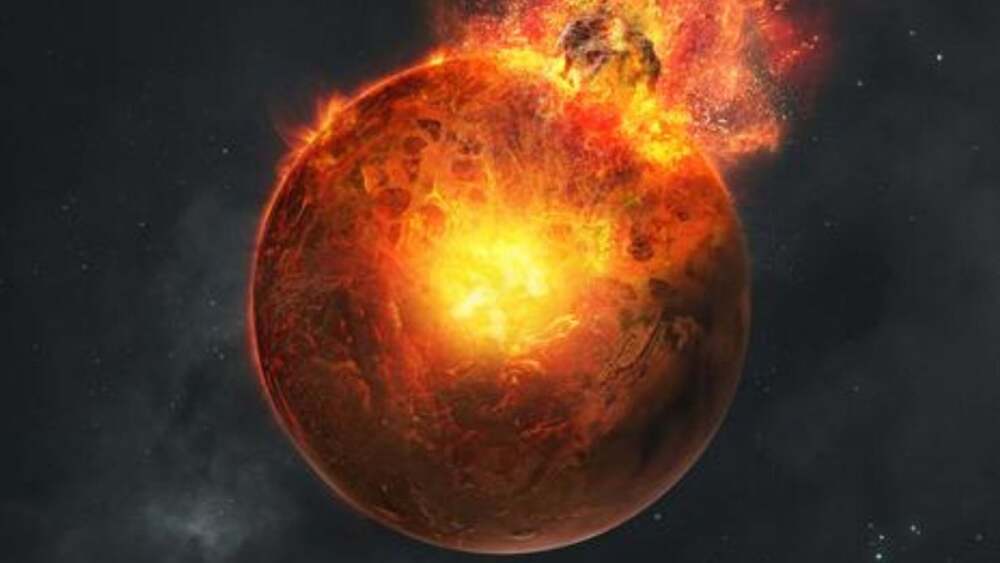
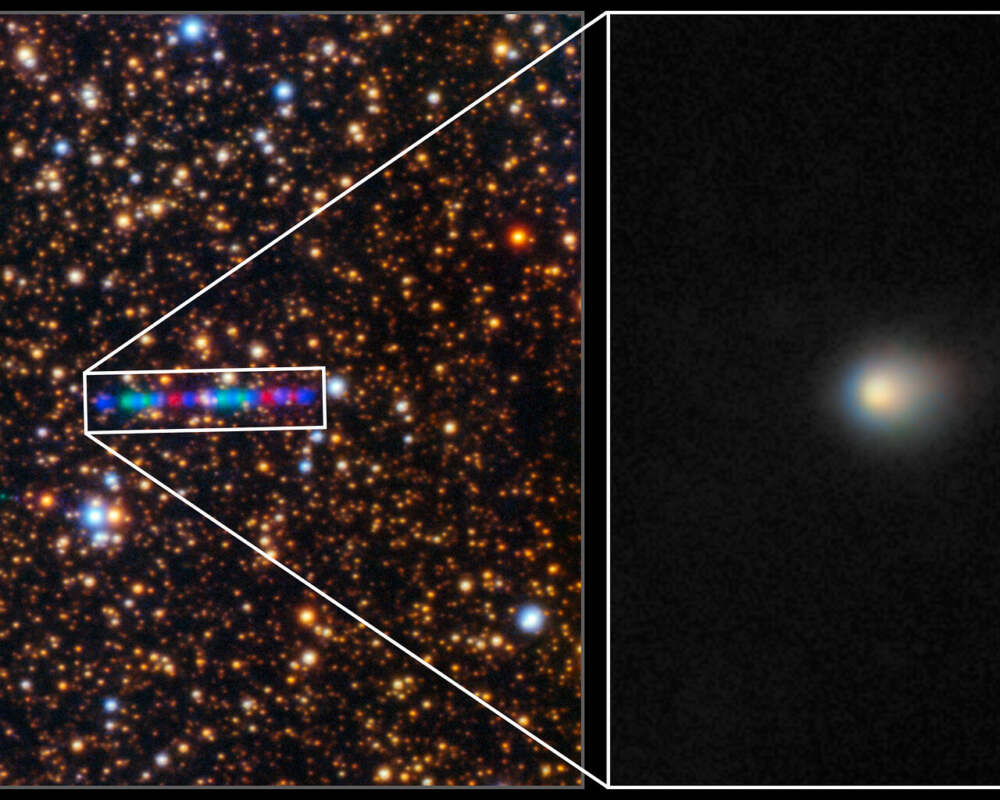
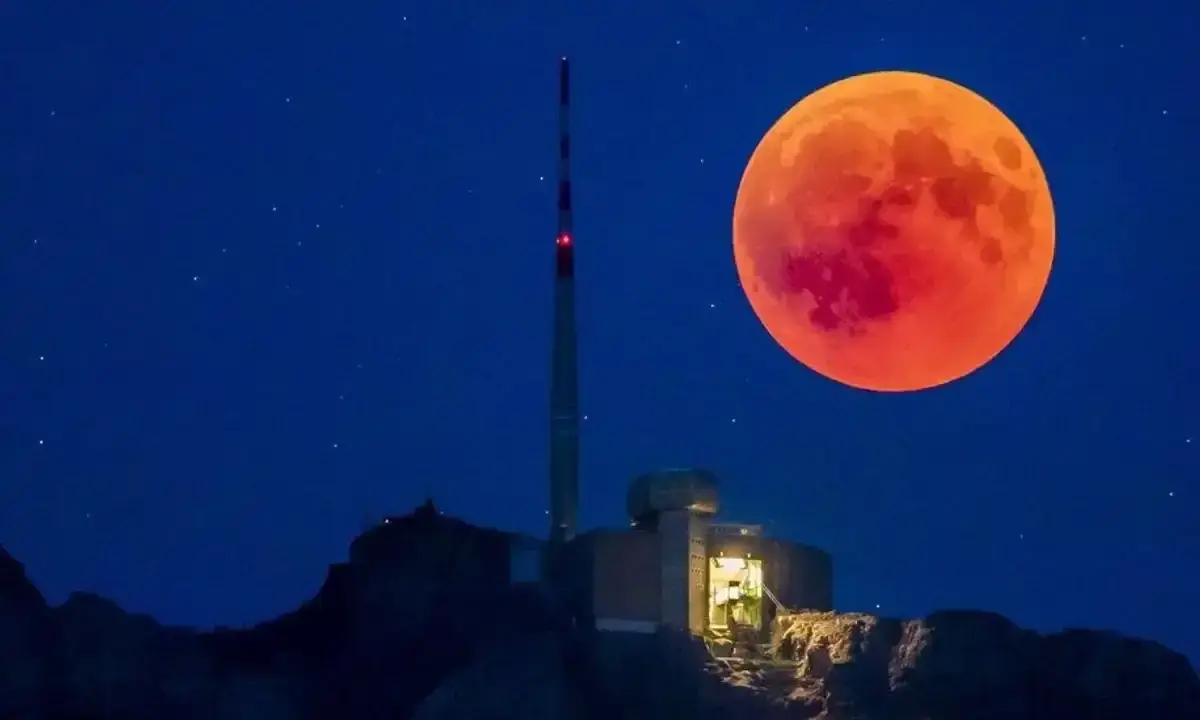

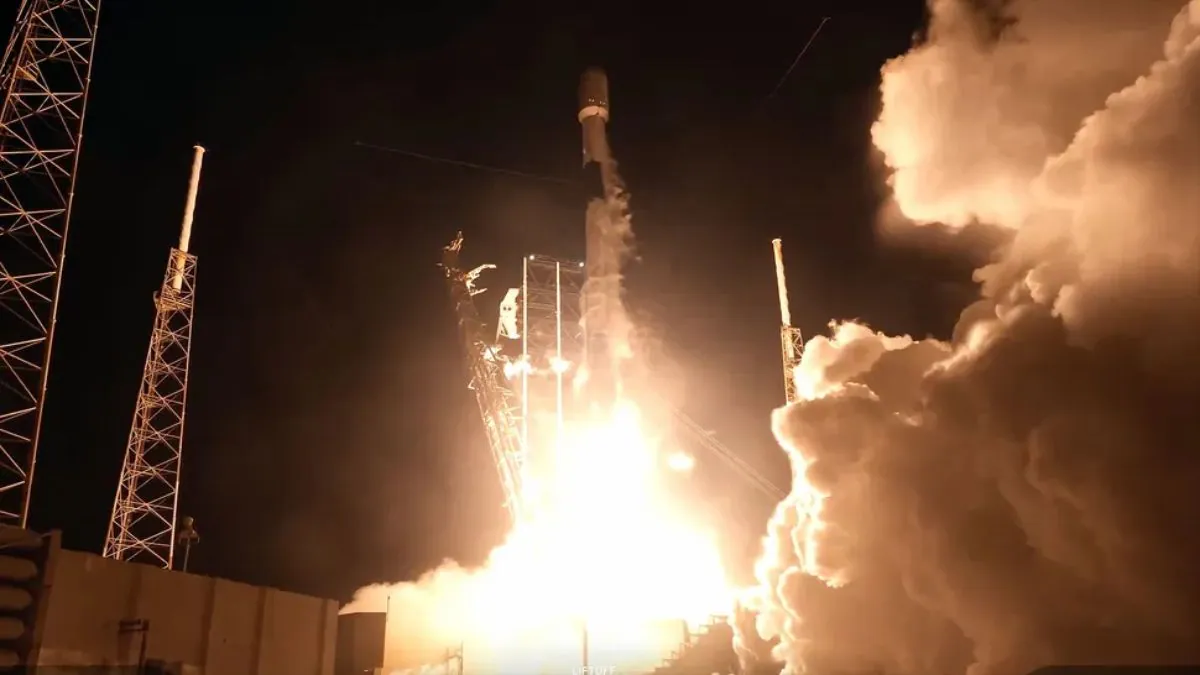

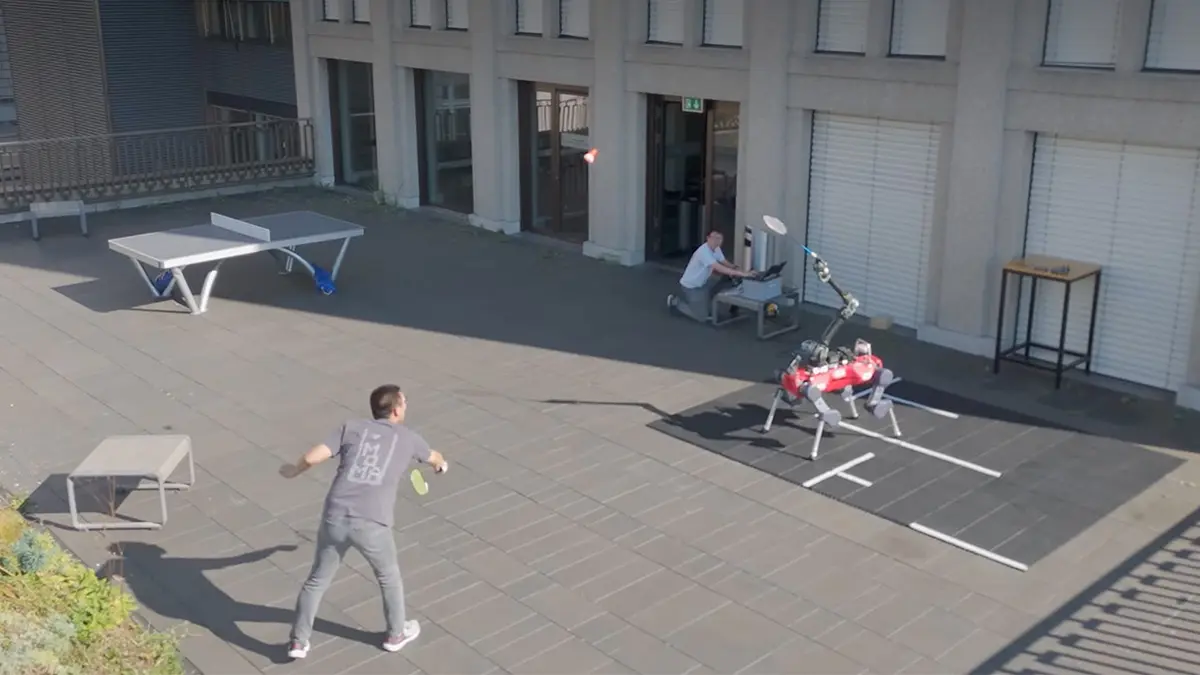





Leave a Reply